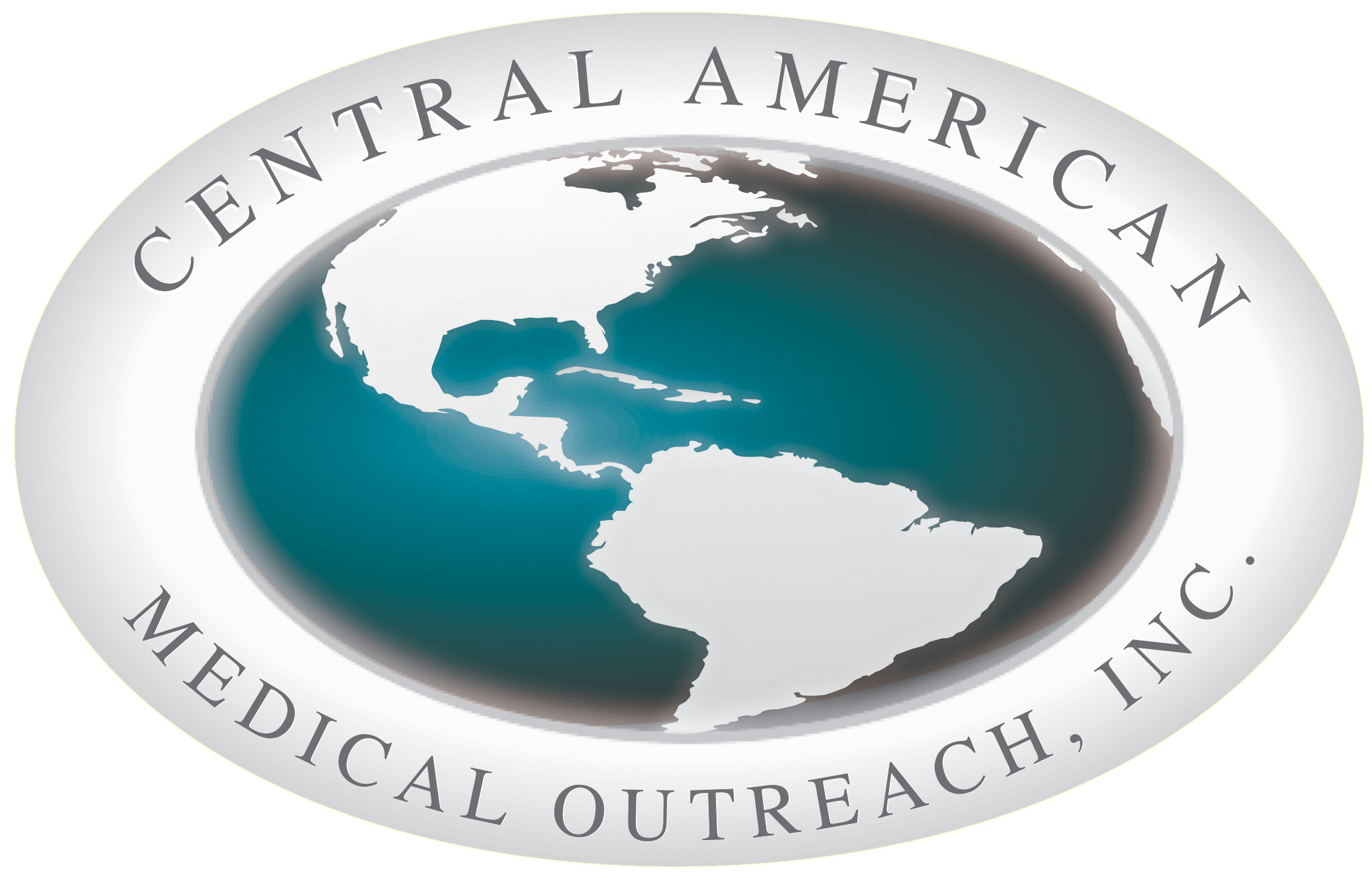Local volunteers help out in Honduras
SANTA ROSA de COPAN, Honduras – My wife Robyn and I got off the bus early Saturday (Feb. 20) evening at the Hotel Elvir with the rest of the February team for Central American Medical Outreach. Hotel staff, many of whom we already knew well from our previous trips, greeted us warmly.
I started volunteering with CAMO in 2001 and, in my capacity as an electrical contractor, have collaborated in numerous construction and capital improvement projects. Robyn started volunteering in 2006 and works at the CAMO-supported day care center.
Over the years we have developed many close relationships with other CAMO volunteers and local Hondurans as well. Some volunteers on this trip are “old timers” involved in dietary, dental, plastic surgery, day care, electrical, administration, biomed and leadership. For some volunteers, this trip is their second or third, and for others (or the “newbies,” as we like to call them) this is their first.
One of the “old timers,” Dr. Mark Gustafson, has traveled annually with CAMO for more than 20 years. He serves an integral role with the dental team that travels daily to surrounding villages to set up mobile dental clinics. The team collaborates with Honduran dentists and has helped bring about dramatic changes in the overall dental health of the residents of Santa Rosa and the surrounding villages.
Personally, for Robyn and me, every trip to Honduras brings something new. Founder and Director Kathy Tschiegg continually adds and improves to the many different programs and capital improvement projects that focus on sustainability and collaboration with our Honduran counterparts. Beyond our own experiences, I wanted to get a feel for how others, in particular the “old timers” and the “newbies,” viewed their trip.
I started by talking with John, an electrical engineer from Ohio. He and his daughter Kristin, a nurse anesthesiologist, are first-time volunteers. Both have experienced developing countries, most notably mission trips to Haiti.
John said he was impressed by the strong relationships between the volunteers and their Honduran counterparts. These friendships among volunteers who return annually allows volunteers to actually see the progress they’re making by working together.
I related well to that, having observed major improvements in the overall quality of construction on the many capital improvement projects with which I have been involved. The Hospital de Occidente, one of the largest public hospitals in Western Honduras, is located within a block of CAMO’s headquarters.
Fourteen years ago when I first walked through the facility, I was shocked at the disrepair and overall level of dangerous wiring I saw. Fast forward to today, and as I walk through the hospital I see the fruits of our partnership with the Honduran maintenance staff — modern wiring, quality workmanship and a stable electrical infrastructure that literally saves lives every day.
To get a perspective from an “old timer,” I talked with Mark Gustafson. Mark has witnessed the growth of the dental program from very simple beginnings with limited services in Santa Rosa to a program that serves multiple towns and villages throughout Western Honduras.
Asked if the trips ever get old, his response was no, they never do. Each trip has a unique aspect that often relates to his interactions with both the patients and the volunteers.
One aspect that remains consistent to him is the character of the people who give of their time and talents. Almost without fail, these volunteers make the trip with no expectations of recognition or reward. CAMO’s volunteers truly adhere to the belief that it is better to give than it is to receive.
After talking with John, Mark and other volunteers on this trip, I concluded that when Kathy Tschiegg chose to devote her life to helping the people of Honduras, she set in motion an organization that would profoundly affect the lives of the people she wanted to help. She also would profoundly affect the lives of the people who continue to come to help.
As with anything there is a beginning and there is an end. For some “newbies” this trip may be a one and done. For the “old timers” it may be a continuation of many more trips.
Regardless of what the future holds for the volunteers, the impact of CAMO and its many programs will positively help the poor and disadvantaged people of Honduras for generations to come.
– Originally published in The Daily Record
